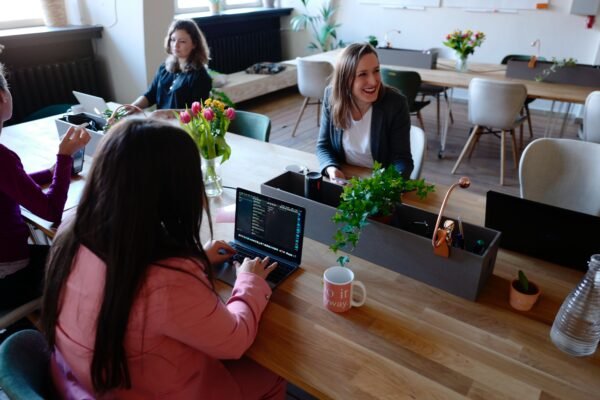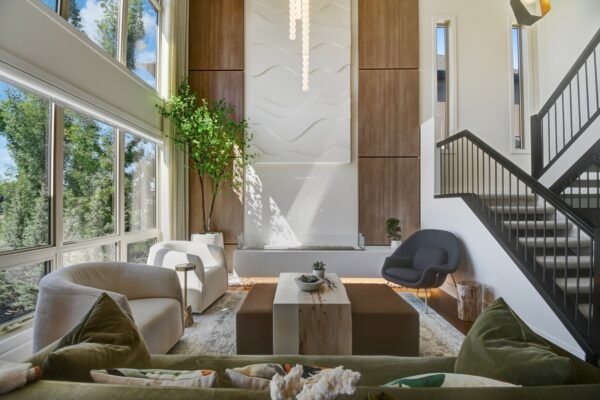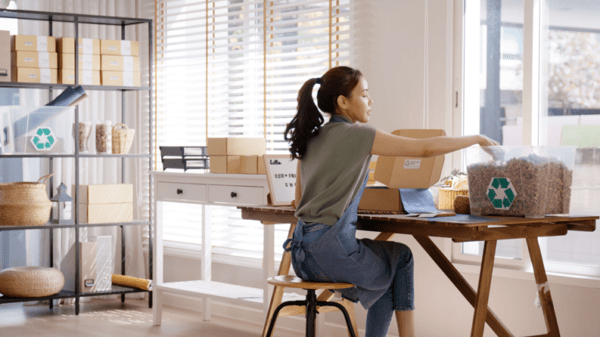
3 Influencing Factors for Efficient Office Redesigns

Designing an office refit is a great way to help you improve your employees’ experience, productivity and efficiency. But it can also help you address some issues that might be impacting your ability to work, including structural changes, damaged facilities or outdated equipment, and poor office flow.
When designing a new office, there are some tips you need to keep in mind to help you get the most from the changes.
Budget
You need to consider your budget before you make any changes. Are you able to afford to work with an experienced Office fit out company that can take over all aspects of the refurbishment, or are you going to be doing all the planning and designing yourself with various contractors?
In the first stages, you need to be flexible about what you want and what you can afford. It will help you get the most from your budget and ensure that nothing is overlooked because the last thing you want is to overshoot your budget. From here, you can see what is possible, how long it will take and what type of funding you will be looking at to complete the project.
Space and Functionality
Many times, office refurbishments take place because the current space isn’t working for the company or the facilities are outdated. You need to plan for the facilities you will need, be it heating systems, bathrooms, kitchen canteens, etc., as well as the working space. Don’t scrimp on these areas to get more into your floor plan. Be realistic about the space you have and what space you need to allocate to your functional and recreational spaces. Then, plan your office layout around these.
You need your space to work for you, so including these elements can allow you to meet the needs of the business and your employees and create an office that works for everyone.
Take into consideration the lighting, the placement of working spaces in relation to recreation and bathroom spaces, as well as the entrances and exits. Don’t overlook air quality, heating systems, natural light within the office, or the distractions of any neighbours in the same building or local area that can impact your design and how you work. For example, suppose you have a busy store next door. In that case, putting employees in front of the window where the noise and constant stream of traffic can interrupt them while working won’t be predictive, so designing your office to limit distractions and move them away from the front of your office can be beneficial.
Regulations
Another important aspect of your new office is that it meets regulations. Are you including the right level of soundproofing to reduce noise pollution? Are you meeting building regulations and fire safety regulations?
While CAT A work regulations don’t apply to internal office changes, you still need to ensure that your office doesn’t infringe on any space requirements for the type of work you carry and has the appropriate fire safety materials, especially if you are in a building above 11m in height, you have fire alarms, fire doors, safety glass, escape routes that don’t require lifts or escalators would there be a fire.














































